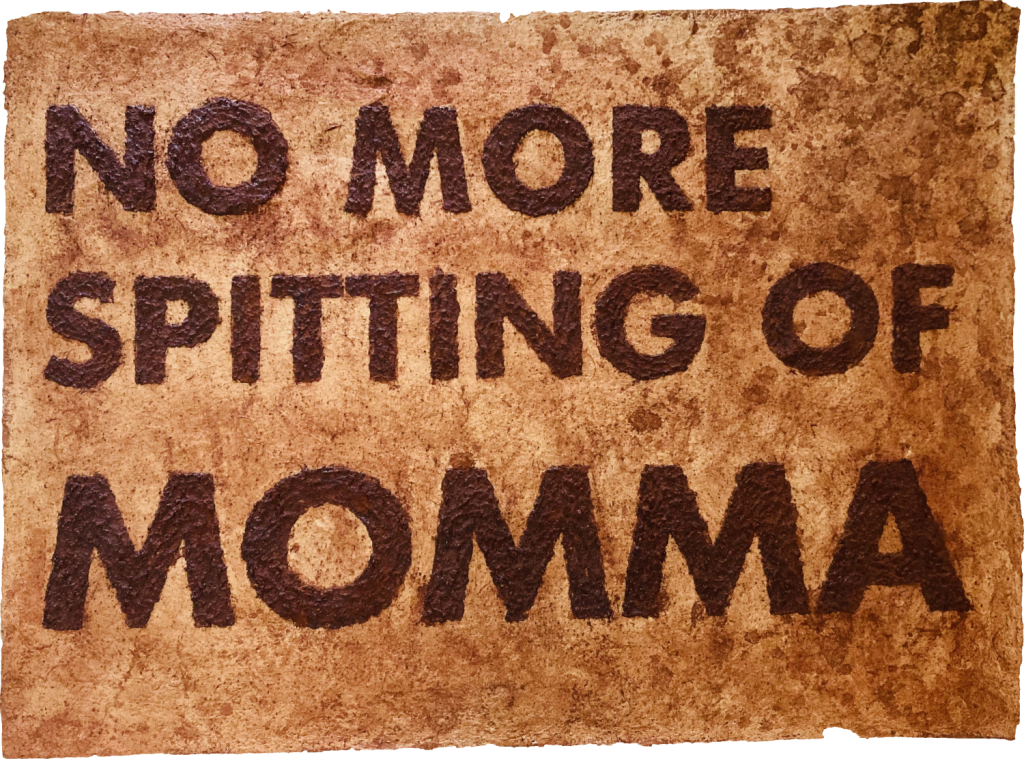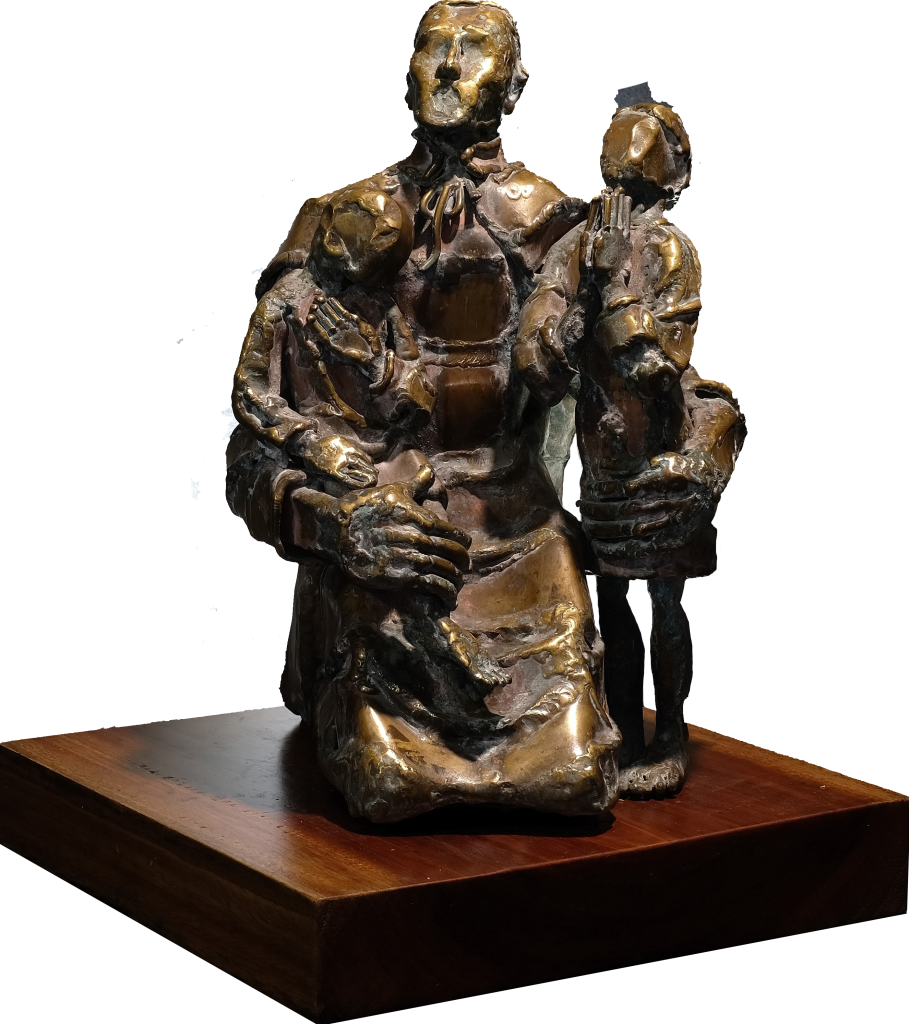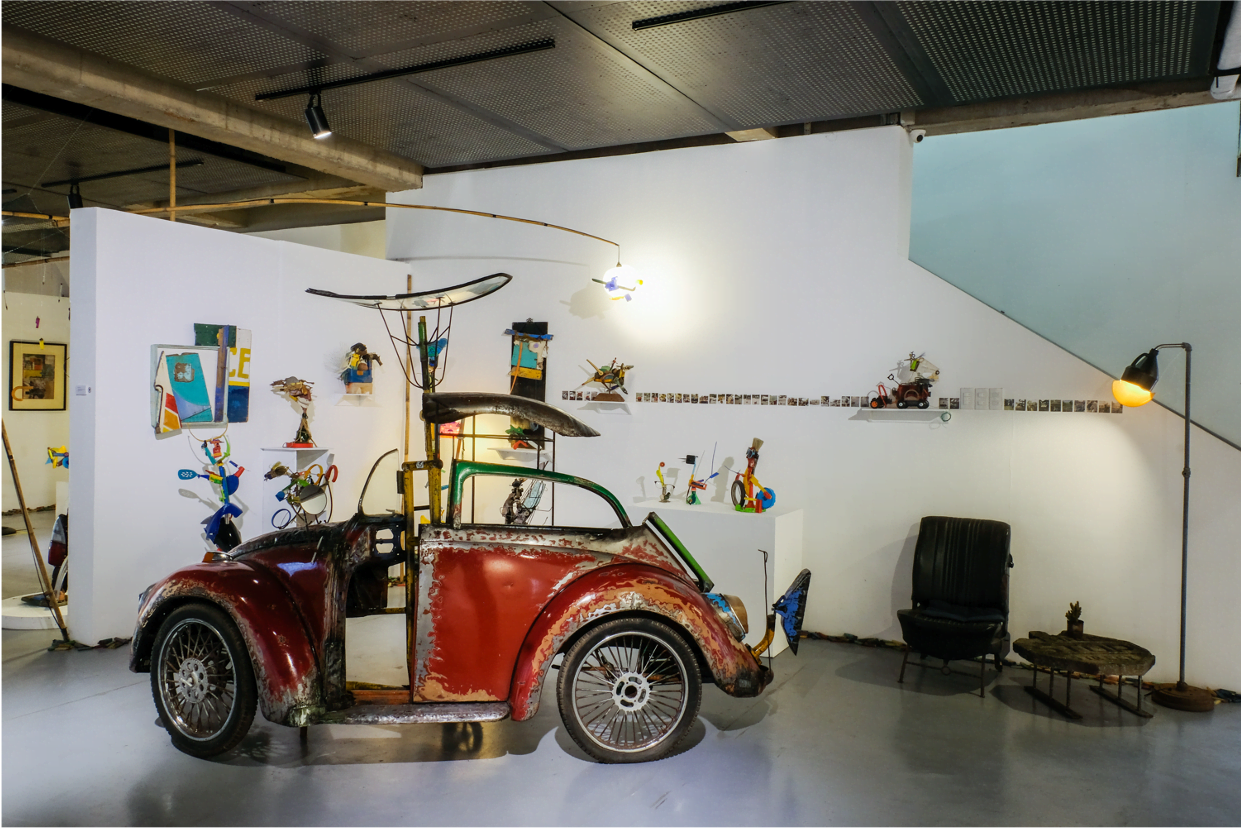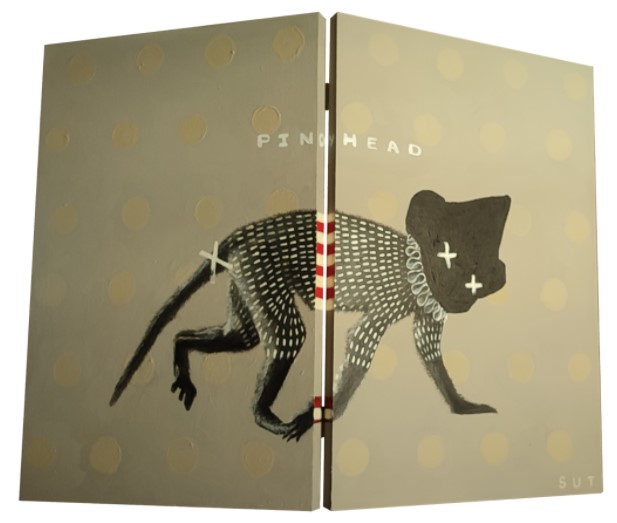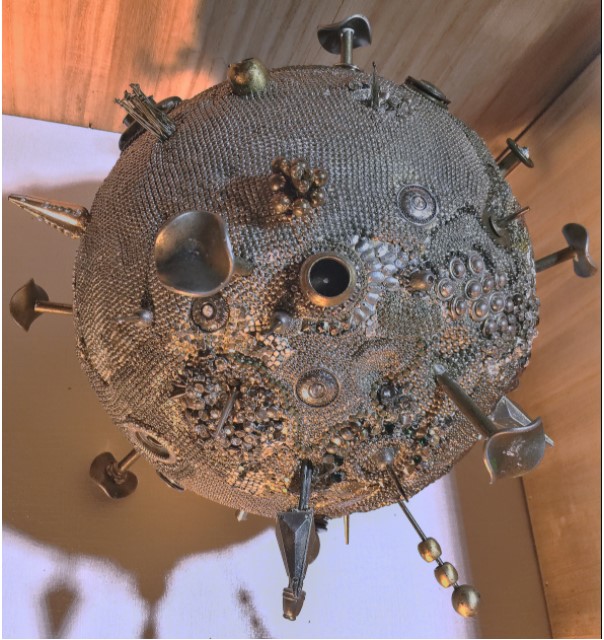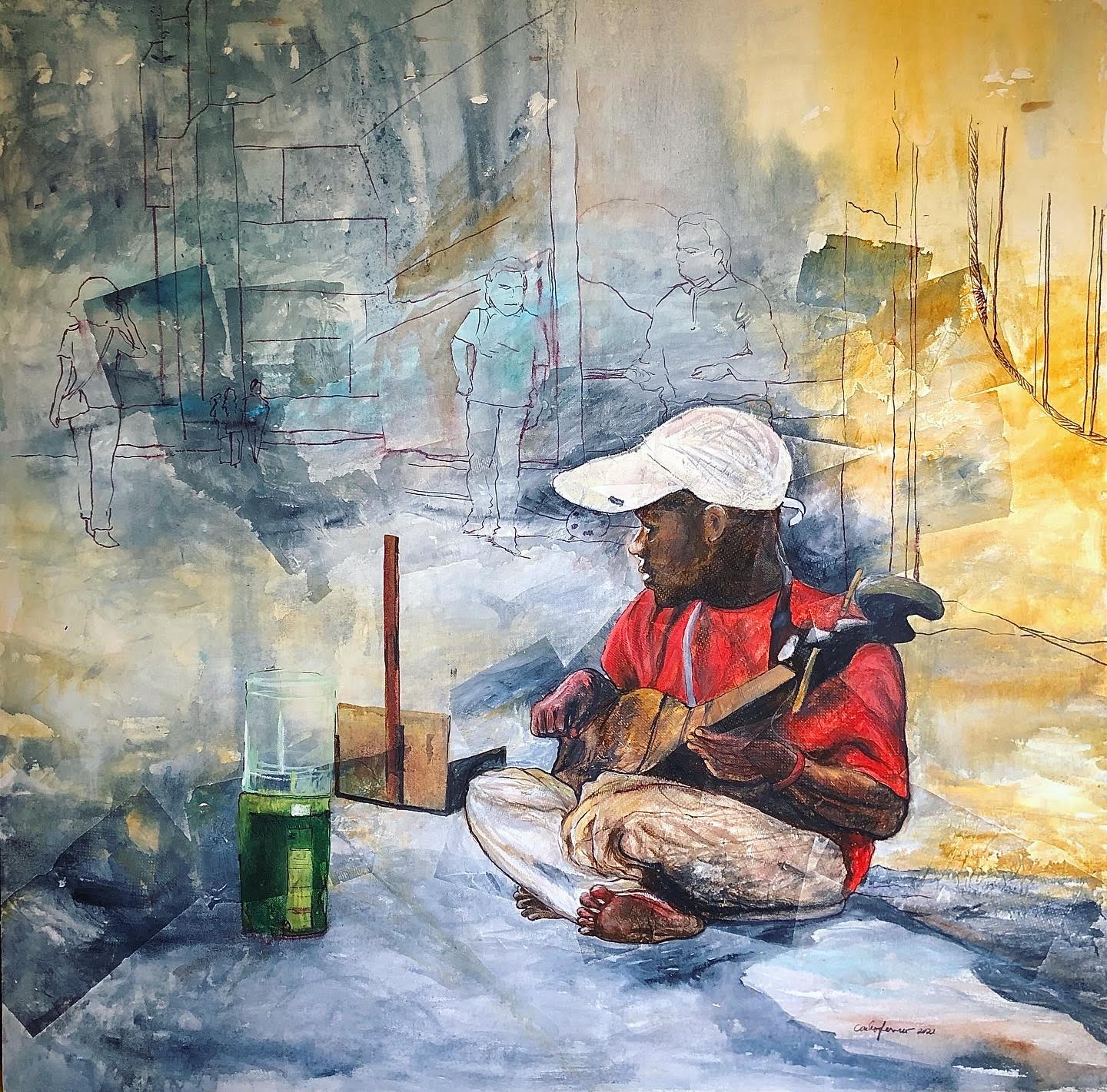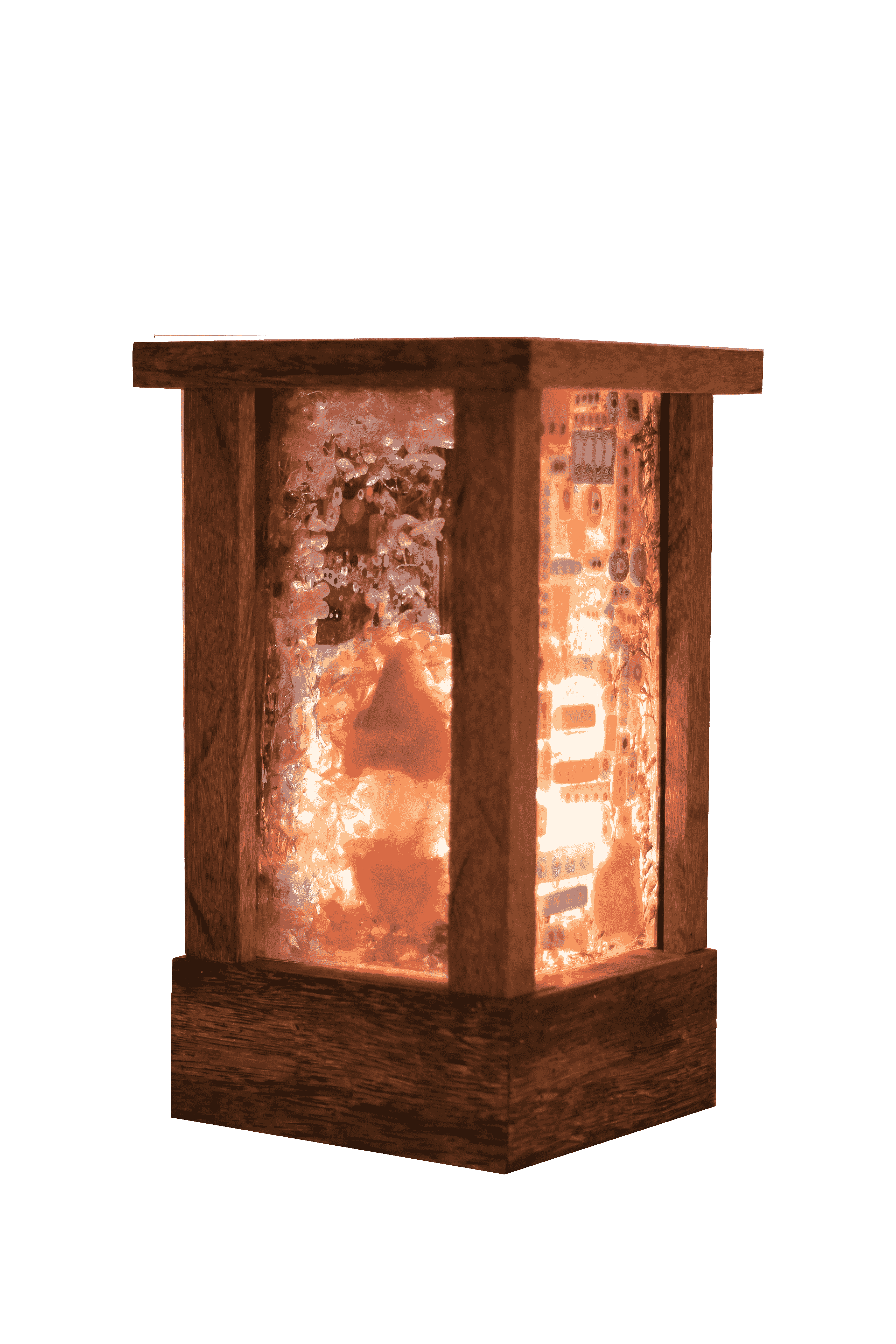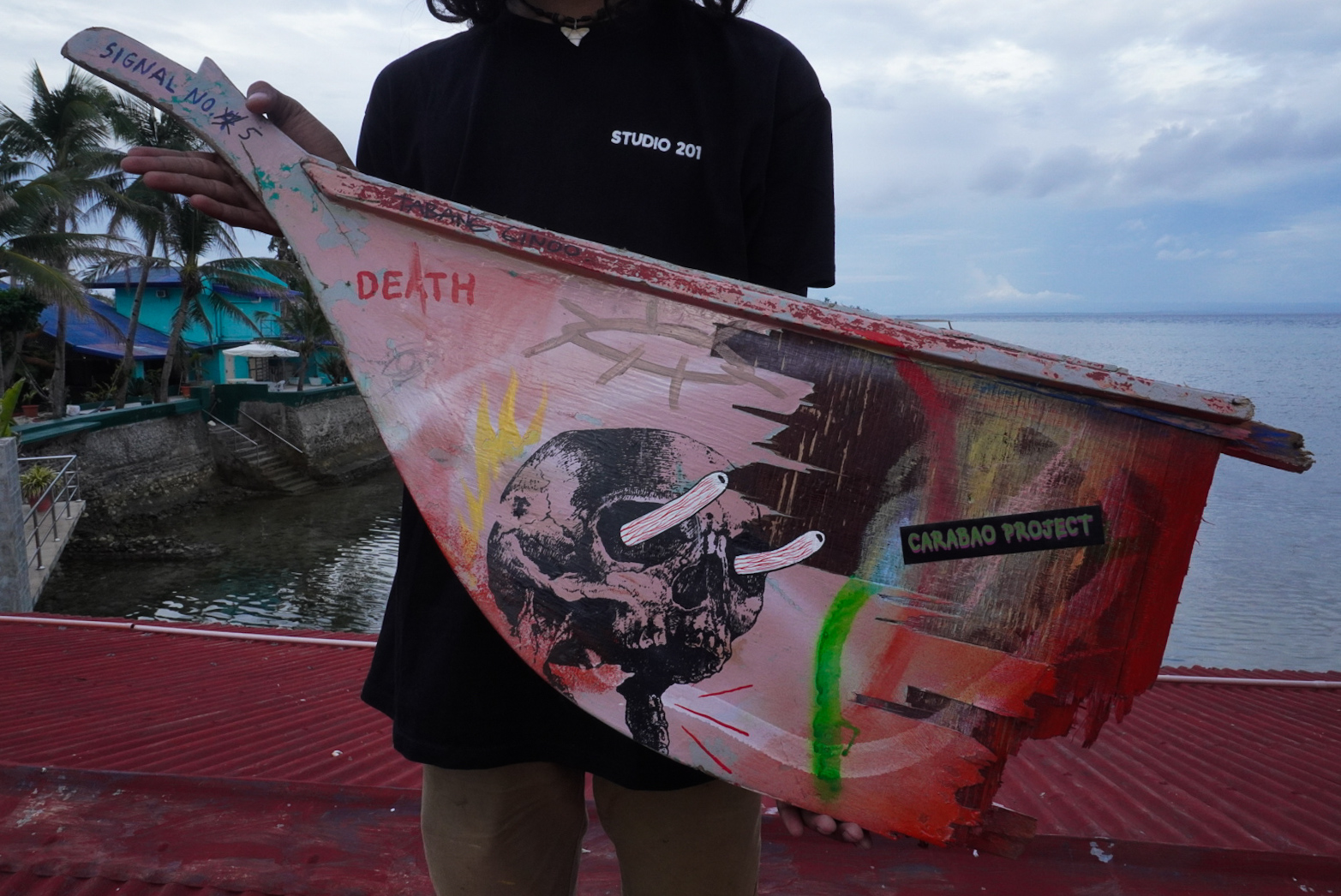Art Fair Philippines invites its public to experience exhibitions, whether that happens in person or virtually, thanks to the hybrid approach it took this year. Moving away from the car park that had hosted it up until 2020, we now see the fair’s main projects out in the open and in remote spaces – inviting possibilities and tapping new audiences. Recalling last year's online edition, which saw the presence of regional galleries and projects grow significantly, this year’s has taken it a step further by putting not just one but several regions in focus.
We spoke to the people behind the featured regional projects to get a feel of what it’s like on the ground from their respective provinces and the works we can expect to see.
Benguet Regions: Ibagiw Art Fest x Gallery 2600
Last year’s fair took us on virtual tours inside the studios of six Baguio-based artists; this year we get to see a broader sweep of works from the art community in the North. “Ibagiw entered the scene in 2019 in hopes of instilling pride of place to the primary participants of the festival, the locals and culture-bearers.” Said Ibagiw’s curator Fara Manuel.
The term Ibagiw means somebody that belongs to Baguio. In that vein, their exhibit showcases work by twelve artists from Baguio, municipalities in the Benguet region, as well as individuals who – although are not from Baguio – have ties to the city. Manuel said that they are restaging pieces from Ibagiw Art Fest’s 2020-2021 exhibition titled Alimoum, a term that directly translates to petrichor or the scent of the earth after a gentle summer rain.
Ibagiw Art Fest x Gallery 2600’s participation in Art Fair Philippines is purely virtual. “What’s unique about this partnership between Ibagiw and Gallery 2600 is that [the gallery] is under the Baguio city tourism office and basically it was launched this year. Alimuom was staged at a pseudo site because there wasn’t any permanent structure for a show in the Baguio Convention Center. What was set up for Alimuom was also taken down after the festival ended. Essentially there was no physical site to host the gallery exhibit so we came up with the plan to launch Gallery 2600 so it becomes integrated into community activities within Baguio” Manuel explains.
The works you’ll see online are varied in terms of materiality. “The Northern region representation actually shows that materials for art are not limited to typical studio materials. Somehow this is the foundation of folk arts for all of the artists involved in the show,” Manuel says. These include mixed media pieces by Hermie Bruno, sculptures by Ben-Hur Gorospe Villanueva, and even sound art by Auspicious Family in collaboration with Juan Miguel Sobrepeña among others. You can view all the works from Ibagiw Art Fest x Gallery 2600 on the Art Fair Philippines website.
The Visayas: VIVA ExCon Dasun Bacolod x Orange Project
Orange Project has consistently been a part of Art Fair Philippines since 2016 when they were still known as Gallery Orange. This year they are working together with VIVA ExCon in order to show the works of Visayan artists who were part of the 2020 Visayas Islands Visual Arts Exhibition and Conference or simply VIVA ExCon. To the unfamiliar, this is an artist-initiated biennale where almost every Visayan island is represented.
Conversations: Papatag Cultural Group, Women of Palapag, Carbon Ambulant Vendors clips from Regional Art Forum + Community Art Archive.
As the pandemic hampered Dasun, its Bacolod edition in 2020, the organizers pivoted their projects to go all-virtual. The biennale ended up running for over a year – with its virtual conferences happening almost every weekend from October 2020 to August of 2021. The biennale wrapped up in December 2021 making it their longest edition to date. Manny Montelibano, VIVA ExCon’s festival director shares: "Dasun is a resonance of all the things we did during the pandemic, so it resonates, and it shares the efforts of the artists and the curators. We also dealt with what everybody was going through in 2020, even a loss of a friend, Leo Abaya. Kalibutan was also like a tribute exhibition to him because it was his last exhibition."
All the works from the VIVA ExCon’s Kalibutan can be viewed, along with the tribute shows to Brenda Fajardo, Leandro Locsin, and Lino Severino. In Manila, we see traces of VIVA ExCon and Orange Gallery through Nune Alvarado’s “Once Upon A Time In Negros” in the projects sector, the Don Papa Rum sponsored residencies, particularly of the Orange Project resident Alwin Reamillo, and their own artist Faye Abantao who spent her residency at Butanding Barrio in Palawan.
Panic Box by Soika Vomiter
To learn more about Nune Alvarado we recommend watching the recording of the panel on The World According to Nune. You may browse all the works in Kalibutan “A Possible Exhibition” here and watch the virtual walkthrough here.
Bug’s Life Transformed, Perry Argel. Installation.
Northern Mindanao: Langgikit x Museo De Oro X Art Portal Gallery
Oy, MC. Acrylic on wood.
To understand Langgikit, we have to look at the underpinnings of collaborative artistic efforts that have been happening in Northern Mindanao. The physical venue where the works are exhibited is at Museo De Oro's Fr. Francisco Demetrio gallery located inside Xavier University - Ateneo de Cagayan. This space has served as an open venue for Cagayan de Oro and Mindanao-based artists to exhibit their works.
According to Museo de Oro's curator, Oscar Floirendo "[The museum] has been on the forefront in supporting and providing space for Mindanao contemporary art since 2000 as evidenced in the Panit Bukog Contemporary exhibitions through the years. Long before ‘Mindanao Art’ was ever coined, this has been practised and happening already since the time of the mentorship of the late Bobi Valenzuela."
Panit Bukog, a Visayan term for skin (panit) and bone (bukog), is a recurring exhibition of contemporary artworks from Mindanao. It is a collaborative endeavor between the National Committee on Visual Arts of the National Commission for Culture and the Arts (NCCA), and the National Union for the Restoration of the Environment, Inc. (NATURE, Inc.) The project was conceived through a series of meetings in Museo de Oro between the Oro Art Guild of Cagayan de Oro City and the Mixed Media Art Group from Iligan City. The first Panit Bukog exhibition was curated by Julie Lluch who is from Iligan and Bing Elloso from Cagayan de Oro.
Adjust or Die, Michelle Hollanes Lua. Metal beads from broken shoes, belts and bags, fiberglass.
In planning for their Art Fair Philippines exhibit, the team considered naming it Lawig, close to what their Southern Mindanao neighbors would name their Art Fair Philippines exhibition. They settled on “Langgikit” which is a Sinibuano word meaning to connect and bond. “The concept of creating new links among art communities is not new, but an evolving and developing process through the years. For contemporary art in Mindanao, it began in the 1990s, when different municipalities get to exhibit together in smaller and larger initiatives. Like the inter-city traveling Panit Bukog exhibitions (in the years 2000, 2001, 2002, and 2019), where artists also get to engage different publics in Mindanao in the cities of Iligan, Cagayan de Oro, and Davao. In 2019, the artists' participation came from a constellation of locations, emerging and established artists, and not only anchored on artists in art groups, unlike the first three iterations,” Abe Garcia, who provided curatorial assistance for Langgikit, explains.
It’s also interesting to point out that the works in Panit Bukog are products of artist-curator dialogues. “Panit Bukog entails the artists to submit visual studies of their proposed work along with a work statement in person. They should be willing to undergo the follow-up curatorial process, studio visits, and completing the artwork in the end. They even present their finished works to a discussion with participating artists of Panit Bukog when the works are exhibited. This process also helps the artists develop critical distance with their works and learn to be in conversation with each other” Garcia says.
This immersive process has also unearthed challenges of adapting to a hybrid exhibition, as Garcia points out: “Having a blended way of exposition has created preferences for the public to engage art in. However, here in Mindanao, it is hard to revise the images and text in the Art Fair Philippines portal during the preparation period, especially just using a mobile device. The internet connection in the provinces and regions is slow, or practically no internet access, so we have to make long-distance voice calls to connect with participating artists in Mindanao in order to clarify the submitted artist profiles and images that comply even with the minimum requirements.”
For Art Fair Philippines, Langgikit is a collaborative showcase of works from both Panit Bukog’s participants and Art Portal Gallery's artist roster. Meanwhile, the physical show features select works of artists who were able to bring their work to the gallery given the limited funds they have for logistics. “This is also the plus of doing it online as well," says Garcia. Access to the physical show is limited to the participating artist for the purpose of the walkthrough because of AITF restrictions considering that the museum is located inside a school.
To get a deeper understanding of the Northern Mindanao art scene, register for their scheduled artist talk Regional Focus: Mindanao Voices on March 30. You may browse all the works in Langgikit here or watch the gallery walk-through here.
"It’s a fact that Davao, and the rest of Mindanao, lack spaces, venues, and activities. The pandemic closed what little we already have," said Lawig Diwa's curator Bing Carino of Davao’s art community.
Davao’s flagship art event is MindanaoArt– an art fair gathering Mindanao-based galleries with a conference component. It was realized in 2019 by Lawig Diwa, a cultural organization spearheaded by Kublai Millan, with the support of the NCCA and guidance from ManilArt organizers.
In preparation for its 2020 edition, they found themselves pivoting to a hybrid fair in order to keep the momentum in spite of the pandemic restrictions. "There was a physical exhibit at Malayan College with online events for art fair components like the opening ceremonies and the conference. The regional participation had to be presented online but was encouraged to do physical set-up in their respective regions," Carino shares with us.
“While Mindanao is an island, its many cultures make organizing artists a little challenging. Movements are restricted; it is difficult to coordinate as well as monitor artists deep in their production of art for the fair. We also struggled with the new platform; considering that online events double and sometimes triple the work. But even when the pandemic is behind us the online technologies and infrastructure left to us are there to stay for good. This is opportune since there isn’t any [other local] arts initiative that accesses this wide demography of audience [which] we never touched before” he continues.
“As a curator of both visual and performing arts, I saw that the arts and artists of Mindanao have been overlooked by the mainstream audience of the arts; this isolation may have served Mindanao art for it has retained an identity that is unique and interesting. But this isolation also eats away the creative energy as focusing on the economic side disrupts creative productivity. With Art Fair Philippines opening up this platform, the world of Mindanao art also expands to the network of Art Fair Philippines not only in terms of creative maturity but also for possibilities of exchange, professionalism in art practice and management as well as economic opportunities for artists whose market were limited by its isolation.”
Right: Vessel 3 (Love), Ninianne Sojor Dried Flowers, Synthetic Dye, Oil Paint, Resin, Bahi Wood, Gold Mica, LED Lights.
The Lawig Diwa x Gallery Down South exhibition features homegrown talents in two interwoven exhibitions that are rooted in the concept of being under one benevolent sky, nurtured by the Earth’s bounty. These two shows are aptly titled “Benevolent Sky” and “Good Ground.” Both shows can be viewed on-site at Gallery Down South. Alternatively, you may watch the Lawig Diwa walkthrough here.
More voices from the region
A recurring phenomenon we see from these regional projects is that the pandemic has encouraged the utilization of both the virtual and physical modalities of exhibitions. As a result, in Art Fair Philippines we get to see the products of regional art festivals. In a way, it extends the lifespan of what would be a time-bound exhibition in its original format. They also forgo most of the logistical challenges of transporting works for display. In a way, Art Fair Philippines’s hybrid fair with the added regional focus provides a signal boost for these regions’ art projects.
Sakayan ni Manong, Wyndelle Remonde.
Apart from these four, the fair has participating galleries from outside of Metro Manila like Art For Space in Laguna and Eskinita Gallery in Batangas. From Cebu, Qube Gallery offers a virtual tour of Angela Silva’s Into the Blue and Popo San Pascual’s Chelsea Skyline. There will also be a talk in connection with Silva’s work in Forms of Intervention, Intentions in Form scheduled on March 28; Wyndelle Remonde’s Aftermath is one of the featured projects presented in the Ayala Triangle; and last but not least, is a talk on Panay Practices on March 30.
Is hybrid the future?
Art Fair Philippines conveniently serves as a convergence zone for the artist, gallery, and market. However, if and when the fair returns to its pre-pandemic state, the pressure to show works from the regions in Manila cannot be avoided. Should we be looking towards the regions to produce their own art fairs then? While this is another topic altogether, we see how these organizations have adjusted to virtual exhibitions which might not be as impactful in a pre-pandemic setting.
Manny Montelibano comments, “I think the hybrid setup will not limit the experience but rather expand it for people who want to participate in or visit Art Fair Philippines. Now is the opportunity for many people - not only those in Manila but also for those in the regions - [to see it].”
For now, while we’re technically not allowed to gather in huge crowds, this hybridity opens up the Manila-centric market to segments of the Philippine art scene that have yearned for opportunities to reach new audiences. Even though the virtual audience is limited to experiencing work through their screens, it’s no doubt that Art Fair Philippines has taken a strategic step in the right direction in terms of diversifying its offerings.
Note: Some quotes have been edited for clarity and brevity.
Marz Aglipay is an independent art writer and stamp artist.

